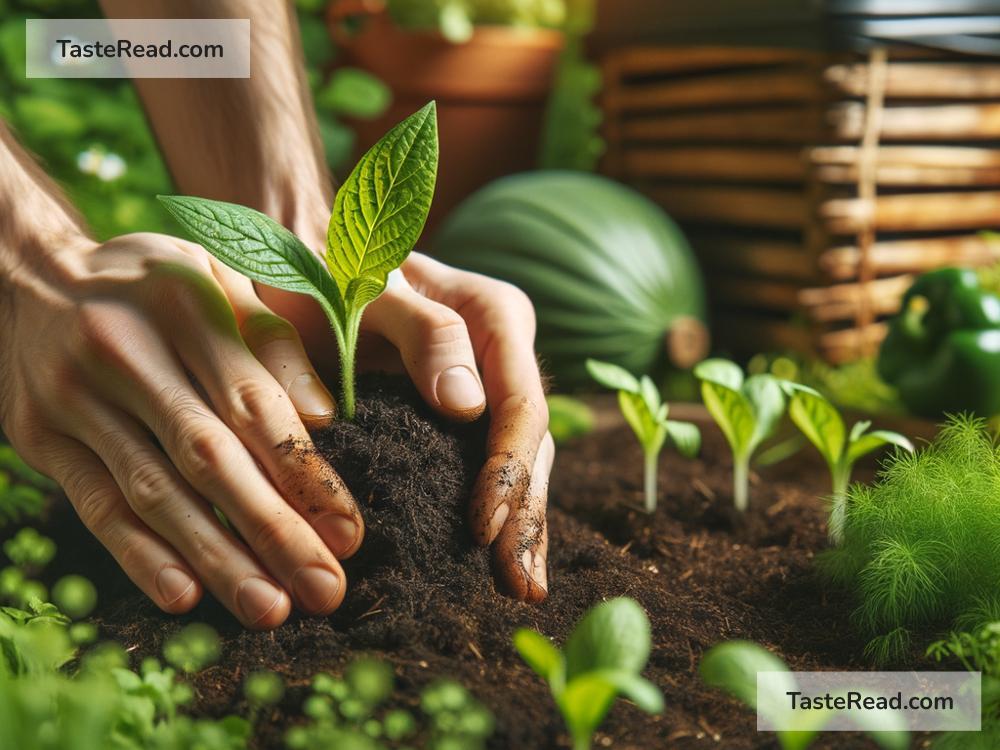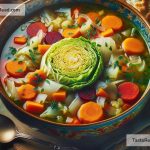How to Embrace Sustainable Farming Practices at Home
In recent years, there has been a growing trend towards sustainability, with more individuals seeking ways to live in harmony with the environment. This includes the way we grow and consume our food. Sustainable farming practices aren’t just beneficial for the earth; they can also yield fresh, healthy produce right from your backyard or balcony. Whether you have vast acres or just a tiny space, here’s how you can embrace sustainable farming practices at home.
Start with Planning Your Space
You don’t need a lot of space to start your sustainable garden. Even a small balcony or windowsill can host a variety of plants. Begin by assessing the space available to you and deciding what you would like to grow. Research plants that are suited to your climate and consider starting with easy-to-grow options like tomatoes, lettuce, or herbs if you’re a beginner.
Embrace Composting
Composting is a cornerstone of sustainable farming. It’s a natural process that turns kitchen scraps and yard waste into rich soil. Instead of sending your organic waste to a landfill, start a compost bin. You can compost fruit and vegetable peels, coffee grounds, eggshells, and even paper. This not only reduces waste but also nourishes your plants without chemical fertilizers.
Choose Organic and Heirloom Seeds
Opt for organic and heirloom seeds whenever possible. These seeds come from plants that haven’t been treated with pesticides and have been passed down through generations. They are often more resilient and adaptable to local conditions. By choosing these seeds, you’re contributing to biodiversity and reducing your dependence on harmful chemicals.
Practice Crop Rotation and Companion Planting
Crop rotation involves changing where you plant your crops each season. This practice prevents soil depletion and reduces pest infestations without relying on chemical pesticides. Companion planting is another great technique, which involves planting certain crops near each other to naturally repel pests and promote growth. For instance, planting basil next to tomatoes can help repel flies and mosquitoes.
Save Water
Water conservation is key in sustainable farming. Collect rainwater in barrels to water your garden, and consider drip irrigation or soaker hoses, which deliver water directly to the roots of your plants, reducing waste. Mulching around your plants can also help retain soil moisture and reduce the need for frequent watering.
Use Natural Pest Control
Instead of reaching for chemical pesticides, try natural pest control methods. Introduce beneficial insects like ladybugs or lacewings to combat pests. Planting marigolds around your garden can also repel nematodes and other pests. For smaller pests, a spray made from neem oil or a solution of water and mild soap can be effective without harming your plants.
Harvest Rainwater
Expanding on saving water, harvesting rainwater can significantly reduce your reliance on municipal water systems and is incredibly beneficial during dry periods. By setting up a simple rain barrel or a more elaborate rainwater harvesting system, you can collect water during rainy seasons. This not only conserves water but also provides your plants with chemical-free water that’s great for their growth.
Encourage Wildlife and Pollinators
Balancing your garden’s ecosystem is vital. Encourage birds, bees, butterflies, and other pollinators to visit your garden by planting flowers and plants that attract them. Not only do these creatures help in pollinating your plants, but they also bring life and beauty to your garden. Also, consider setting up a small birdbath or a bee waterer to provide these visitors with a drink.
Learn and Adapt
Lastly, sustainable farming is a continuous learning process. Take the time to educate yourself about sustainable practices and technologies. Experiment with different methods to see what works best for your space and climate. Remember, failure is a part of the learning process. The more you learn and adapt, the more successful your garden will be.
Sustainable farming at home is not only a step towards a healthier lifestyle but also a contribution to a healthier planet. By following these simple steps, you can enjoy the fruits of your labor (quite literally) and take pride in knowing you’re making a difference. Remember, every small effort counts in our journey towards sustainability. Happy farming!


